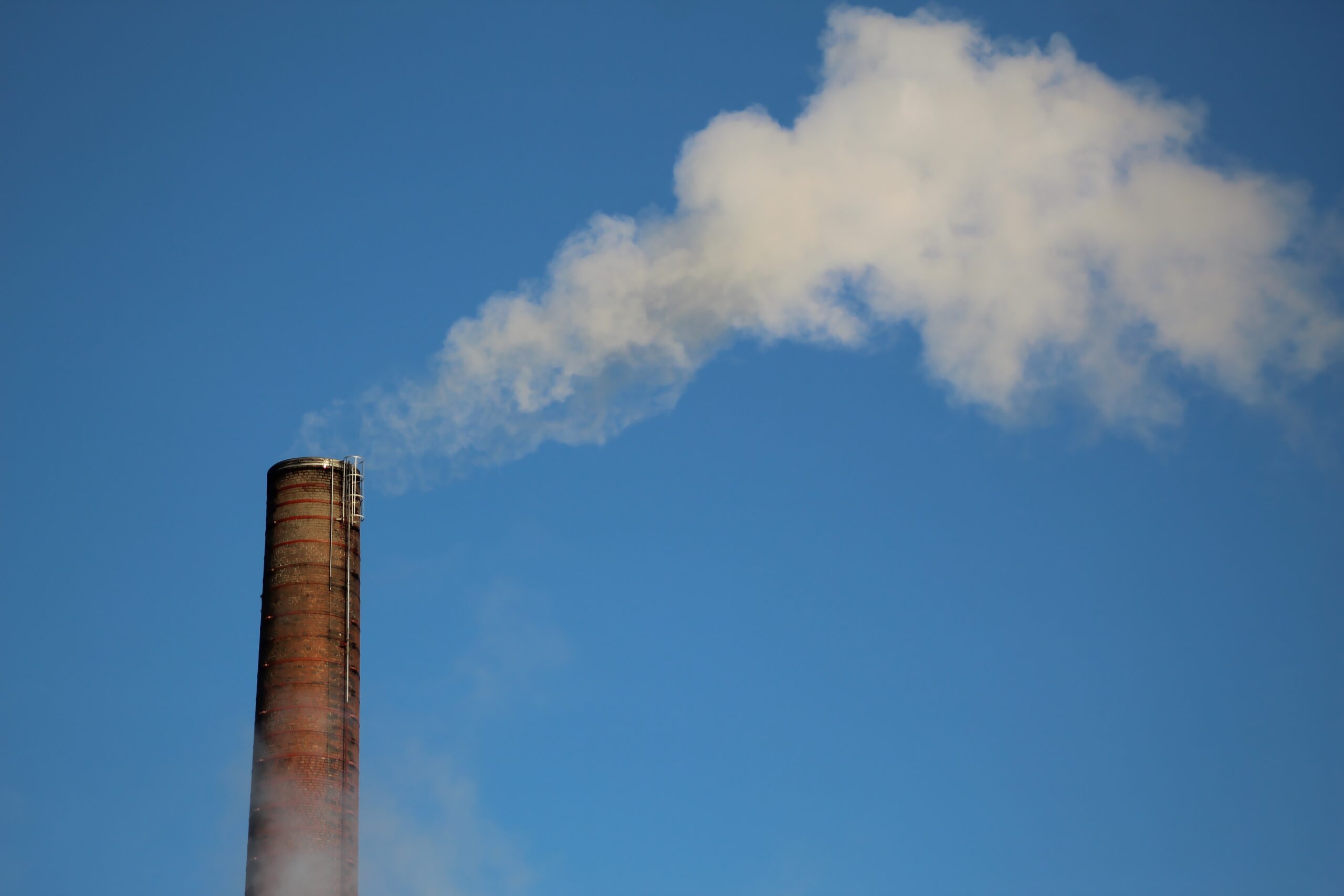The majority of EU member states have accomplished the EU’s 2020 energy and climate targets successfully and are now focusing on achieving climate neutrality while also addressing the current energy supply crisis. The expansion of renewable energy sources, a decrease in energy use, and a reduction in greenhouse gas emissions must advance at a rate that is more than twice as fast each year if the more ambitious 2030 climate and energy targets are to be met.
Following a long period of falling greenhouse gas emissions in Europe, economic recovery from the COVID-19 lockdowns has led to an increase in emissions, particularly in the transport, industry, and energy supply sectors, according to data reported for the EEA report Trends and Projections in Europe 2022.
Due to the impending energy crisis and the high cost of gas in particular, the energy supply industry saw a partial shift to more carbon-intensive fuels in 2021, while the rapid growth of renewable energy seen in recent years slowed down. Energy infrastructure decisions today must take into account the long-term goal of achieving climate neutrality in order to prevent the effects of carbon lock-in.
Emissions rebound; energy consumption goes up
Global aviation contributed to a 5% increase in greenhouse gas emissions in 2021 compared to 2020, according to preliminary data submitted by EU Member States. However, the emissions are still significantly below the pre-COVID level for 2019.
According to estimates, primary and final energy consumption rose by 6% and 5%, respectively, in 2021 compared to 2020. While final energy consumption refers to what end users actually use, primary energy consumption measures energy demand. The economic recovery is largely to blame for this rise in energy consumption. The annual consumption figures were not yet affected by rising energy prices in 2021, but it is anticipated that they will be in 2022.
According to preliminary data, Europe’s overall share of renewable energy sources stayed at 22% of total energy consumption in 2021, pausing the region’s otherwise rapid growth in that time. This can be explained by declining hydropower and wind power output in 2021 along with increases in energy consumption.
Critical year ahead for progress on 2030 targets
To achieve climate neutrality over the long term, significant emissions reductions must be sustained year after year in the coming years. The European Climate Law raised the 2030 reduction goal to at least 55% net reductions in greenhouse gas emissions from 1990 levels. The comprehensive Fit for 55 package is currently up for negotiation between the European Parliament and the member states, who are also taking the 2022 RePower EU plan into consideration.
Emissions would need to decrease by an average of 134 million tonnes of carbon dioxide (MtCO2 eq) per year from the projected levels in 2021 in order to meet the 2030 target of 55% net GHG emissions. This is a reduction that was made more than twice as much annually between 1990 and 2020. In order to significantly reduce greenhouse gas emissions, all sectors must significantly increase their efforts. Additionally, in order to reverse the current trend of a declining carbon sink in the EU, more CO2 must be removed through land use, land use change, and forestry.
The newly proposed 2030 target within the context of REPower EU requires more than a doubling of annual energy savings in the years 2022-2030, so energy use should also significantly decline over the upcoming years. The same is true for renewable energy, which has seen an average annual growth rate of 0.8 percentage points since 2005 in Europe’s gross final energy consumption. In order to reach the increased 45% renewable energy target suggested in REPowerEU, this number should rise by 2.5 percentage points annually from now until 2030.
Although significant progress has already been made at the level of Member States, the current policies and initiatives are insufficient to achieve the new, ambitious climate and energy targets. By the middle of 2023, Member States will deliver draft revisions of their national energy and climate plans. They will have the chance to increase their efforts and create plans for the years leading up to 2030 that take into account the new EU ambitions and the target of climate neutrality.








